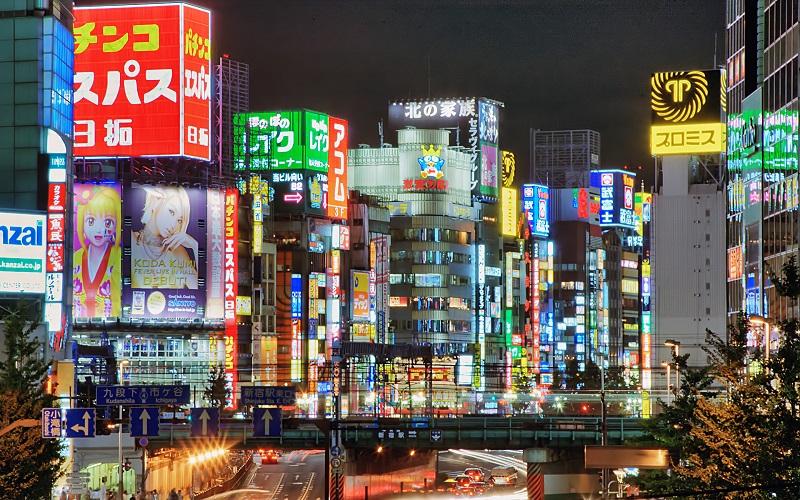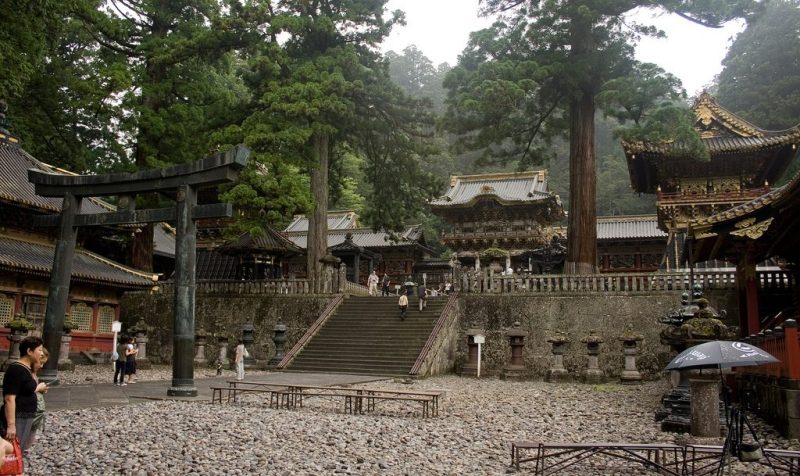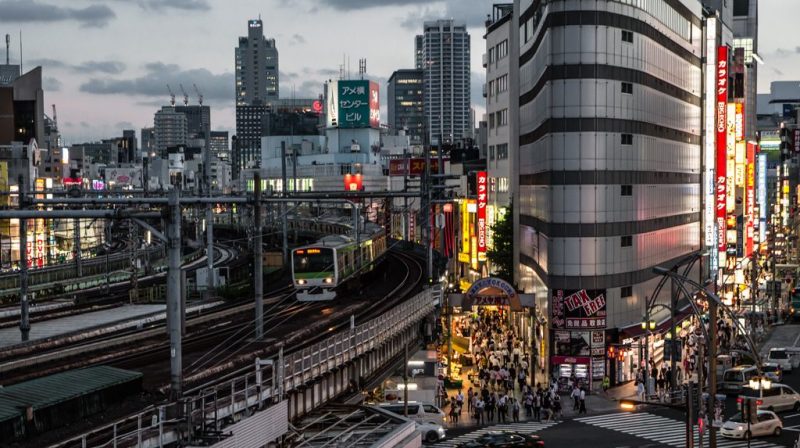Tokyo, the capital city of Japan, is the most densely populated metropolitan city in the world, home to nearly 40 million people. The Tokyo Metropolis, as the area is officially known, spans nearly 850 square miles (nearly 2,200 square kilometers). Tokyo enjoys a rich cultural history, as it has been the seat of government in Japan since the year 1603. Tokyo is comprised of twenty-three wards, each operated as an individual city.
Getting around in a city of this size – especially as an international traveler – may at first seem intimidating. However, Tokyo’s public transportation system, which includes airports, trains, buses, taxies, and pedestrian traffic – has been designed operate smoothly.
Your Japan Rail Pass covers all of the major JR train lines in Tokyo. With your Pass in hand and with the help of this travel guide, you will soon be navigating the streets and stations of Tokyo like a pro.
Continue reading “%s”





